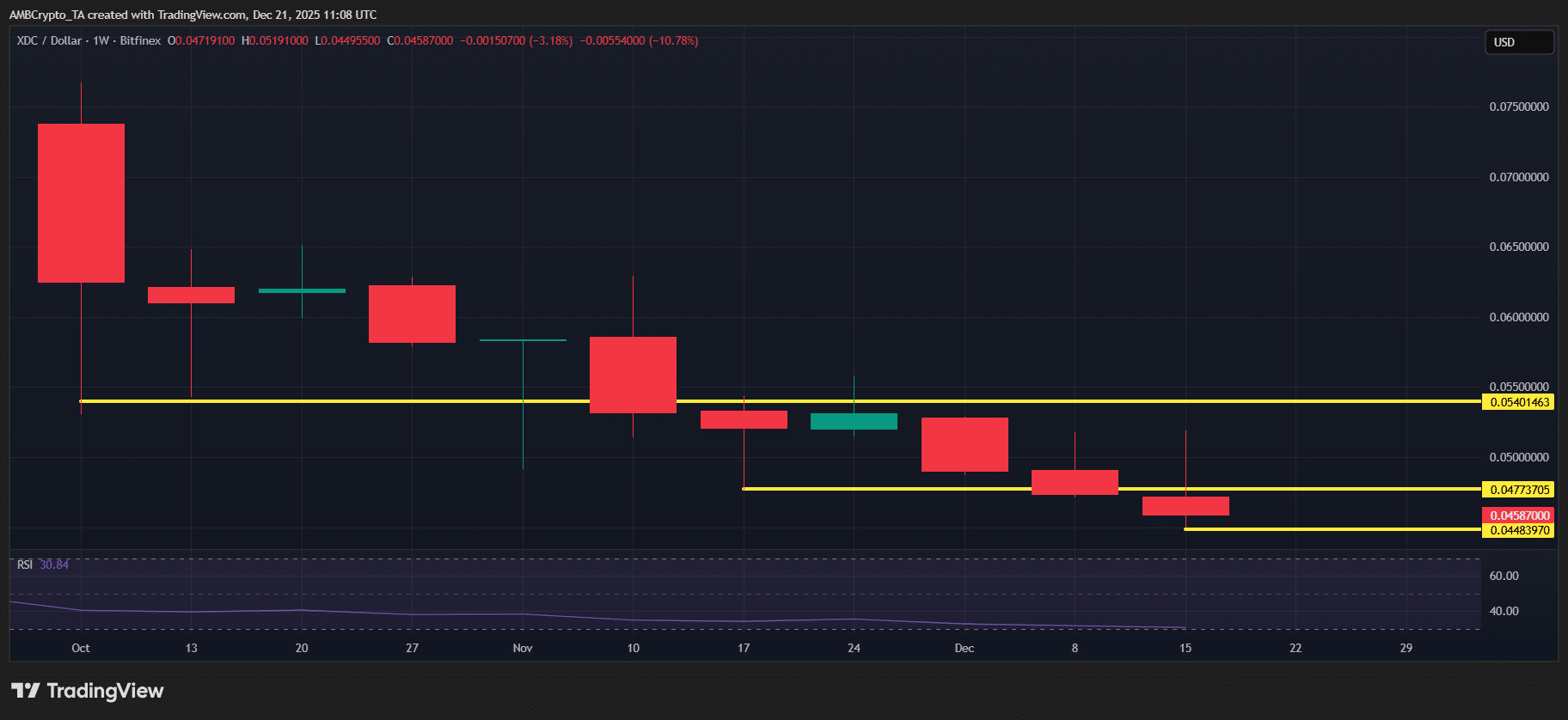Bessent backtracks, says Treasury committed to ‘exploring budget-neutral pathways’ to add Bitcoin
Treasury Secretary Scott Bessent confirmed the government may still expand its Bitcoin (BTC) holdings on Aug. 14, backtracking remarks made a few hours earlier.
Bessent had told reporters during a television interview in the morning that the Strategic Bitcoin Reserve would remain at its current level.
He said the reserve would consist of approximately $15 billion to $20 billion in Bitcoin that the government already controls, most of which was seized in criminal cases.
Bessent also indicated that there were no active plans to purchase more Bitcoin for the reserve.
However, later in the day, he posted on social media that the Treasury remained “committed to exploring budget-neutral pathways” to add to the reserve, reaffirming the government’s previously known stance toward accumulation.
Bessent did not clarify what a budget-neutral strategy might look like. In fiscal policy, that typically means finding ways to fund purchases without increasing the federal deficit, such as liquidating other assets, reallocating existing appropriations, or creating revenue streams to offset the cost.
The Strategic Bitcoin Reserve was established in March through an executive order signed by President Donald Trump. It is part of a broader White House effort to integrate digital assets into U.S. financial strategy.
Supporters see it as a way to diversify national reserves, provide a hedge against inflation, and strengthen the country’s position in global currency competition. The program currently relies on Bitcoin confiscated by law enforcement as its base supply.
The change in tone came during a volatile trading session. Bitcoin reached a new record high above $124,000 overnight before falling back to about $117,000 later in the day.
The drop followed stronger-than-expected wholesale inflation data, which reduced market expectations that the Federal Reserve could cut interest rates in September.
Bessent’s comments also come amid leadership changes in the administration’s digital asset policy team. Earlier this month, Bo Hines, who led the White House Council of Advisors on Digital Assets and helped design the reserve framework, left his position.
His exit has prompted speculation about potential adjustments to the program’s scope and timing.
Disclaimer: The content of this article solely reflects the author's opinion and does not represent the platform in any capacity. This article is not intended to serve as a reference for making investment decisions.
You may also like
Ark of Panda Collaborates with Duck Chain to Boost Network Scalability, Connect RWAs To Cross-Chain Ecosystems
Crypto market’s weekly winners and losers – CC, UNI, HYPE, M

Former BlackRock Vice President Discusses XRP ETF
Bitwise CIO Just Said It Out Loud: XRP Was Better Received Than Ethereum
